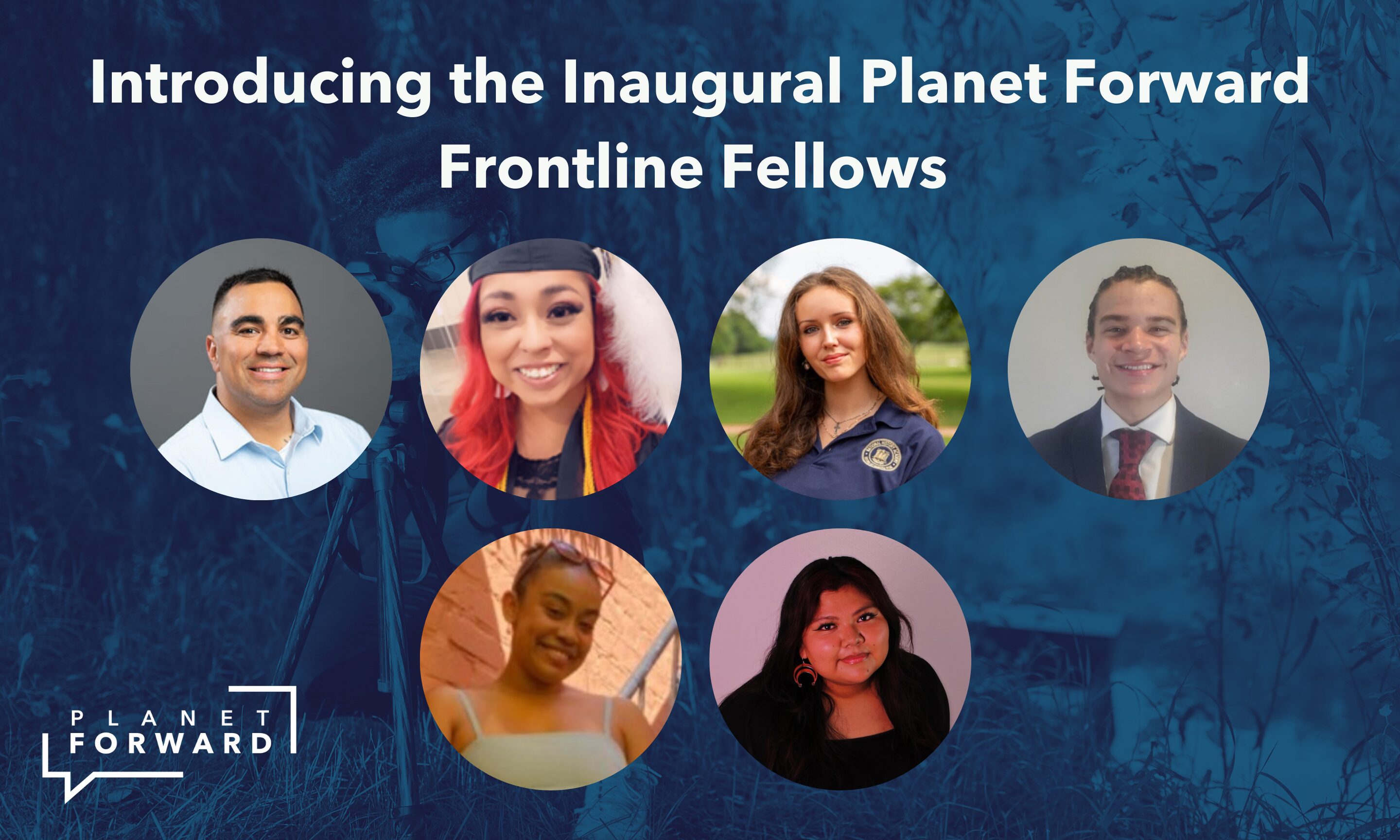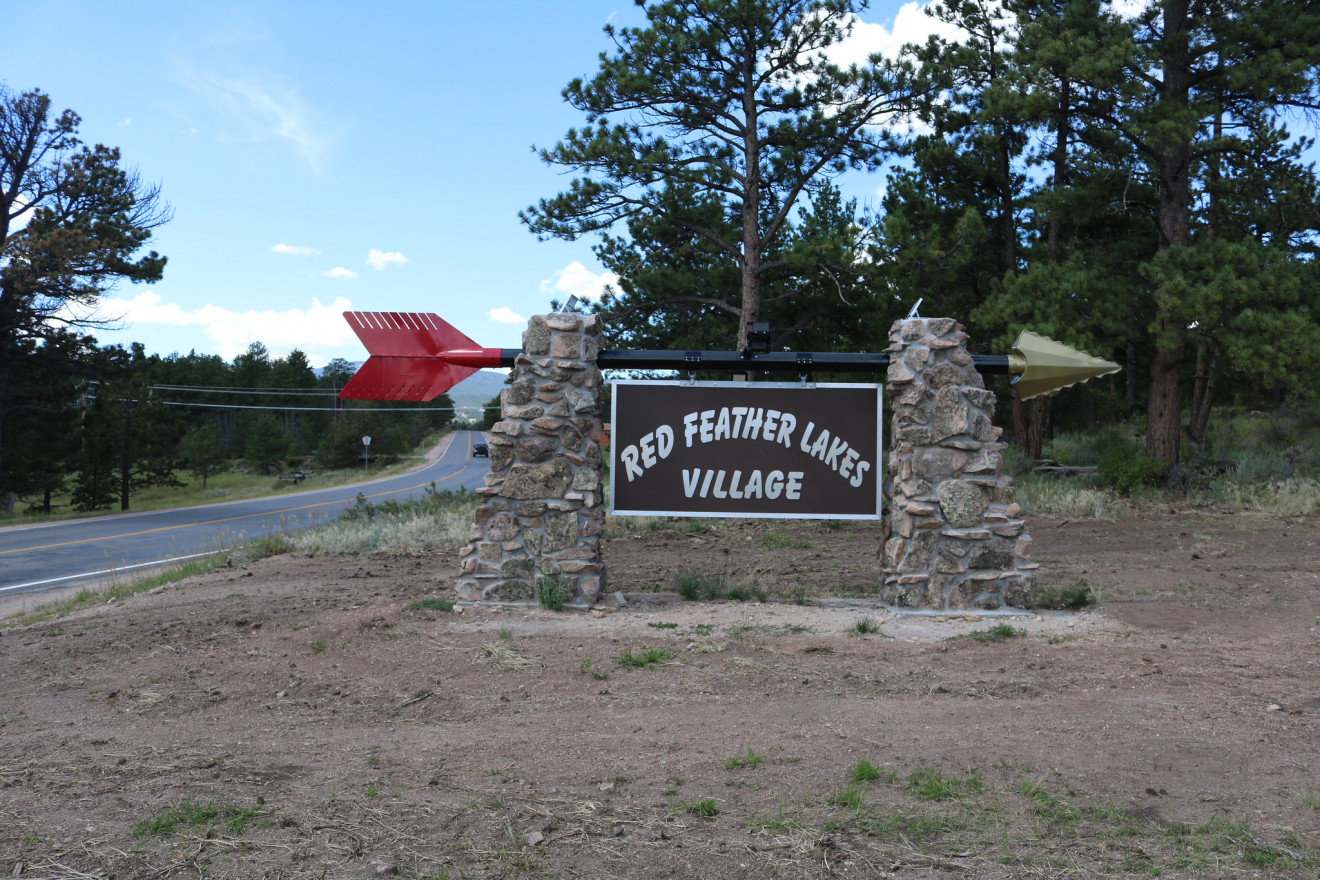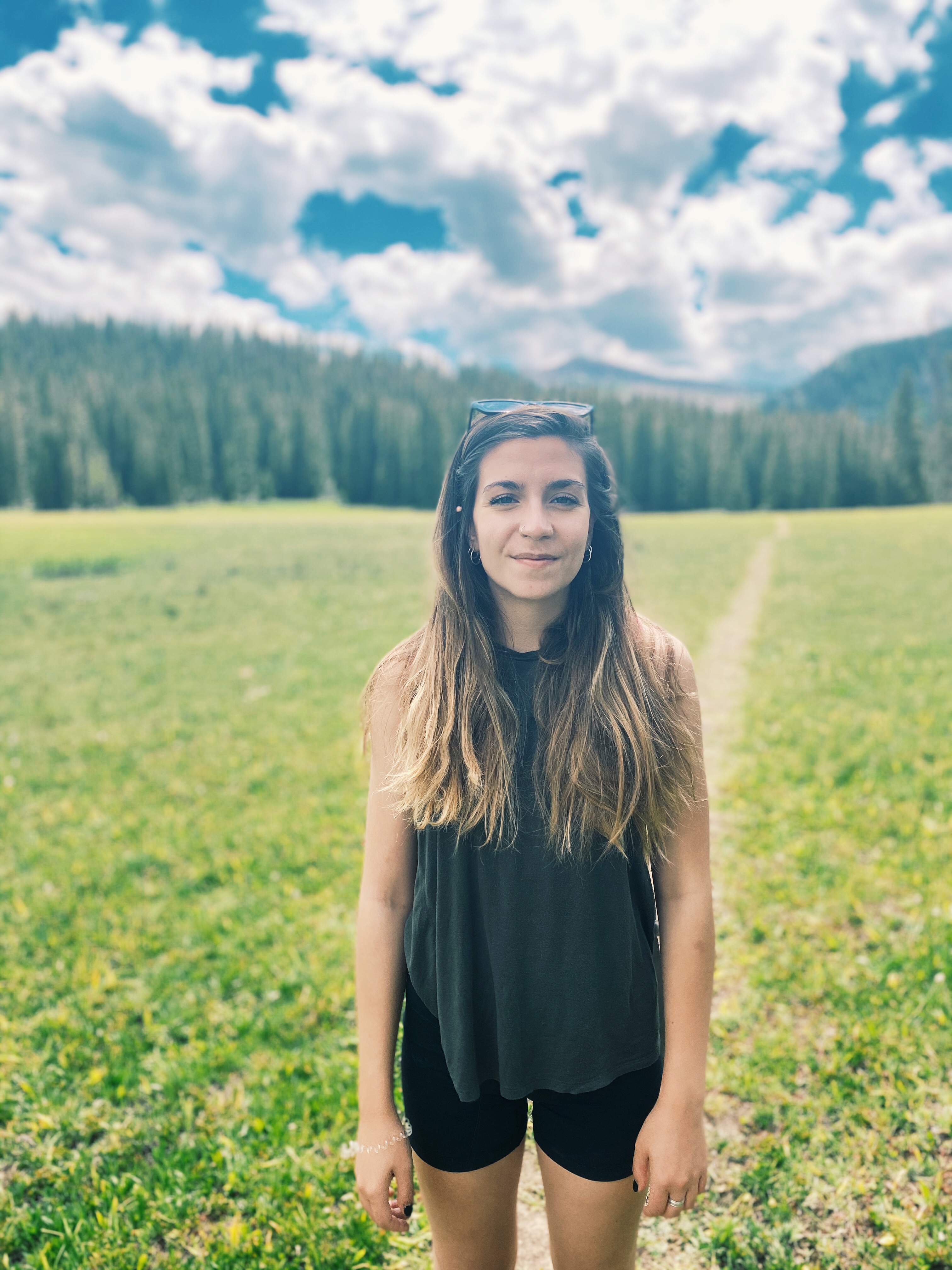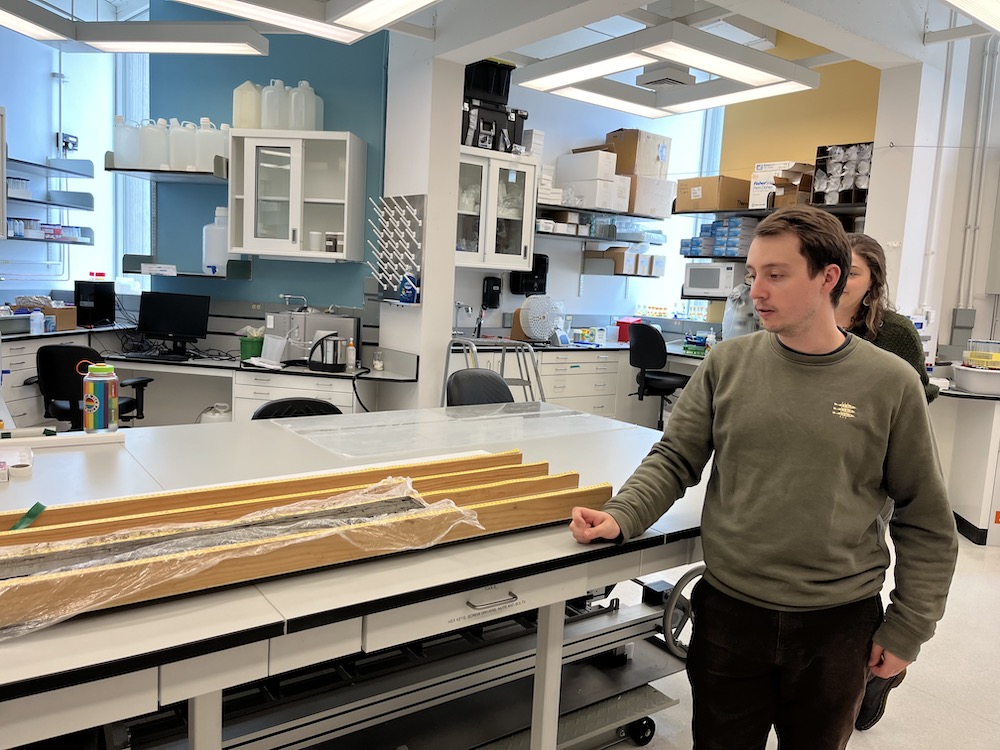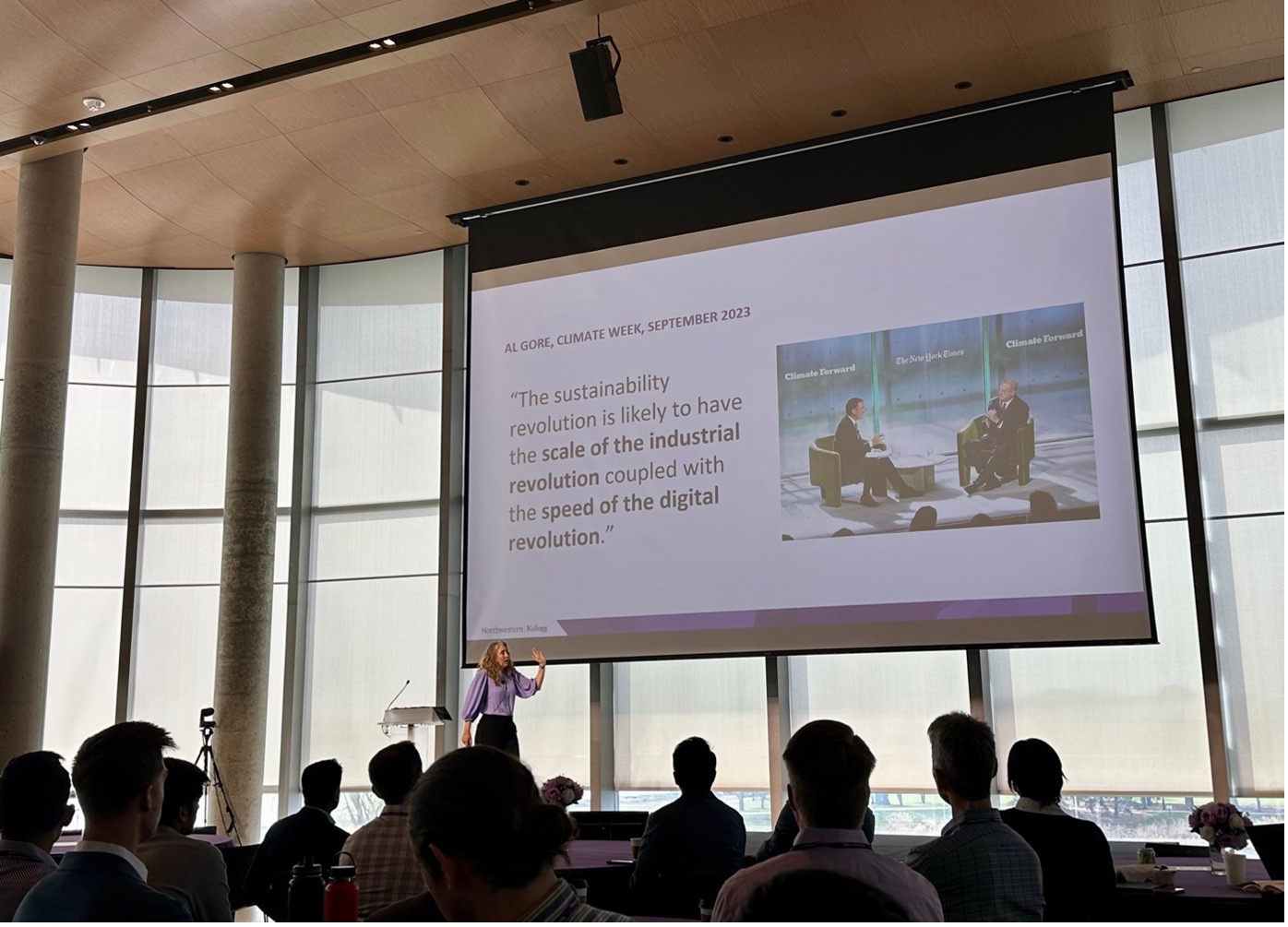Essay | In Colorado, burn bans indicate a dire public health problem
My friends and I decided to escape the 2020 summer blues last June for a weekend camping at Red Feather Lakes in Fort Collins, Colorado. Before heading out, we stopped at the grocery store for camping food essentials –– pancake mix, marshmallows and oatmeal.
But when we arrived at the campsite, we couldn’t cook any of it.
Larimer county, where our campsite was located, had implemented a burn ban last summer to quell fire danger as wildfires blazed throughout the state and the greater Southwest region, crushing the plans we had to gather around a bonfire for s’mores. Unfortunately, my friends and I didn’t have the foresight to check the fire ban status before heading out, so we broke out the only thing we brought that didn’t need cooking – fruit salad – and ate in the dark.
The 2018 National Climate Assessment reported that the ability of the Southwest’s forests to provide for its ecosystems has declined in the past decades, in part due to human-induced climate change. SThe National Climate Assessment estimates that the area burned throughout the Western United States between 1984 and 2015 is double what it would have been if human-caused climate change wasn’t in the picture.
But this decades-long surge in forest fires isn’t just an inconvenience for college students looking to camp. It’s a dire public health problem.
Scientists are learning that even people living far from the forest fires themselves can still breathe in harmful particles that irritate the respiratory system and can lead to chronic lung disease. The Colorado Sun reported in August that microscopic particles, or PM 2.5 particles, continue to exert the most harmful effects of increased wildfires.
A study authored by researchers at Colorado State University and the Colorado School of Public Health on birth outcomes in Colorado between 2007 and 2015, found that exposure to PM 2.5 particles during pregnancy was associated with adverse birth outcomes like preterm births and decreased birth weights. The study found that each unit increase in exposure to PM 2.5 particles was associated with about a 13 percent increase in likelihood of a preterm birth.
Fort Collins, where I was camping last summer, is home to the highest concentration of PM 2.5 particles in the state, according to the Colorado Sun.
The culprit? Greenhouse gas emissions.
Increased emissions lead to higher global temperatures, which in turn creates an environment for drier forests. As dead vegetation sits in the forest without being burned it becomes more flammable, making it more likely that it will be tinder for another, more violent, wildfire. This creates what the World Resources Institute calls a “climate feedback loop.” When the next fire does occur, it releases even more emissions into the atmosphere, trapping heat and enhancing the probability that the next burn is even more violent.
In Colorado, it’s not in-state fires that carry the highest concentrations of PM 2.5 – it’s fires burning hundreds of miles to the west. Smoke traveling from forest fires in Oregon and California make their way over the Rockies and into the Front Range, creating harmful breathing conditions for residents, especially those with pre-existing respiratory issues.
The good news is that there are steps governments can take to address this.
The Environmental Defense Fund, one of the leading environmental protection organizations globally, suggests investing in research of forests to determine how to best mitigate severe fires
Further, the EDF lays out that the more governments invest in fire prevention, the less they have to pay to put fires out once they happen.
The United States Congress passed a bill, known as the “fire funding fix,” in 2018 that allocated upwards of $2 billion per year to prevent forest fires. But governments still have a ways to go to create a thorough understanding of how to prevent wildfires.
So without a bonfire to light up our campsite during our trip last summer, my friends and I piled into a hammock and stared up at the breathtaking views of the night sky, only visible from Colorado’s mountains.
I’m hopeful that next year––or at least in a few years from now––I’ll be able to light up a campfire and enjoy s’mores with my friends again. But there’s still a long way to go before Colorado’s air isn’t a threat to the people who call the state home.
—
Editor’s note: Check back each day during COP26 for more pieces in Planet Forward’s Climate Hits Home series.



